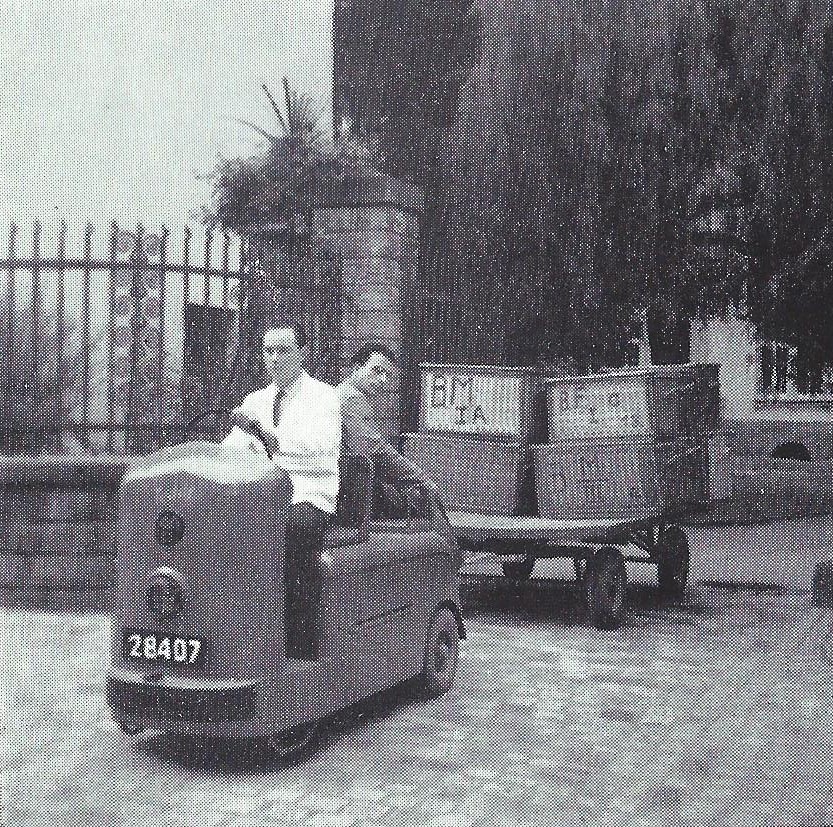Madness Diet
Behind the former main building, the administration building, the kitchen, the bakery and the laundry room of the institution could be found. Deducibly, this place witnessed a paternalistic philosophy as well as a self-sufficient character until the end of the Second World War. The psychiatric institute presented its goals as being intimacy and a family atmosphere, offering sufficient comfort within its walls; this was mirrored in clothing, food and furniture (MISCHO, pp. 112-113). A family approach was reached in taking care of the patients in the case of sleeping, eating and working.

Patients were allowed to be paid visits but visitors did not have the right to give them items such as food or clothes; additionally, they had to go through the nurses’ (the Sœurs Hospitalières de Sainte Élisabeth) control. Moreover, the latter ensured the running of everything related to the kitchen, the laundry room, the bakery, and even the pharmacy. One can say that the hospital sisters did almost everything.
The necessary items for the food service were provided by the state, but the director of the institute chose the objects, and the sisters prepared and distributed them. Meals were given at a set time in a common dining room, where the patients were not allowed to move around. Subscriptions in cash to the Elizabethan sisters as well as the state paid for the diet, which was based on a daily ration. The psychiatric institute tried to provide a fair amount of food for each patient, but financial problems, together with quality and quantity issues arose from time to time. The food was progressively improved, thanks notably to claims coming from the doctors. For example, when a director who was not a doctor was in charge, he used to argue with the doctors about the food given to the patients, as the latter asked for more and better food (STUMPER, pp. 18-19).

A similar argument between the head of the Maison de Santé and the Mother Superior of the sisters took place during the First World War. From 1914, due to instability, an economical lifestyle started to be implemented. In order to avoid supply issues and to save energy, the Maison de Santé asked its residents to get their hands dirty and decided to prepare the future by filling the essential supplies for current needs. Despite this difficult period, the institute tried to get quality food in the interest of the patients. The Maison de Santé often argued with the Mother Superior on the matter. Furthermore, increased prices in the food contracts with the Mother Superior appeared questionable. The Maison de Santé suspected the latter to have taken advantage of the war to increase prices and gain profit. Despite uncertainty and the fear of lacking primary needs overcoming the disagreement, malnutrition became a real problem. Lung diseases and marasmus having been very much present throughout the war, undernutrition led to patients’ restlessness and contributed to the outbreak of tuberculosis, which represented the main reason of the rising mortality within the institute in 1917.
This text is based on VAGUET, Valentin, La Maison de Santé d’Ettelbrück pendant le premier conflit mondial, Travail de séminaire (MAHEC, course: Being Crazy in Luxembourg, lecturer: Benoît MAJERUS), Université du Luxembourg, 2017.
